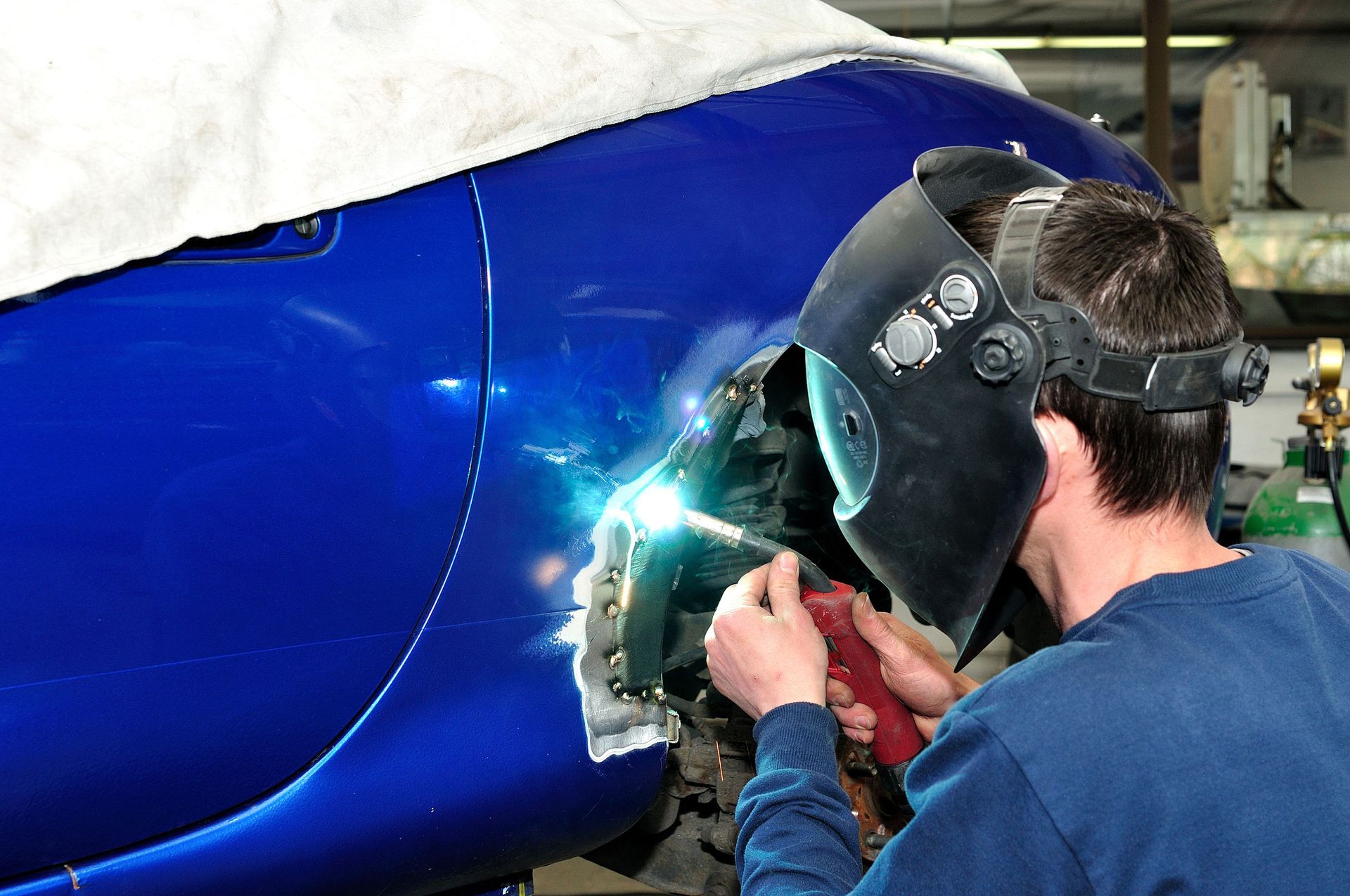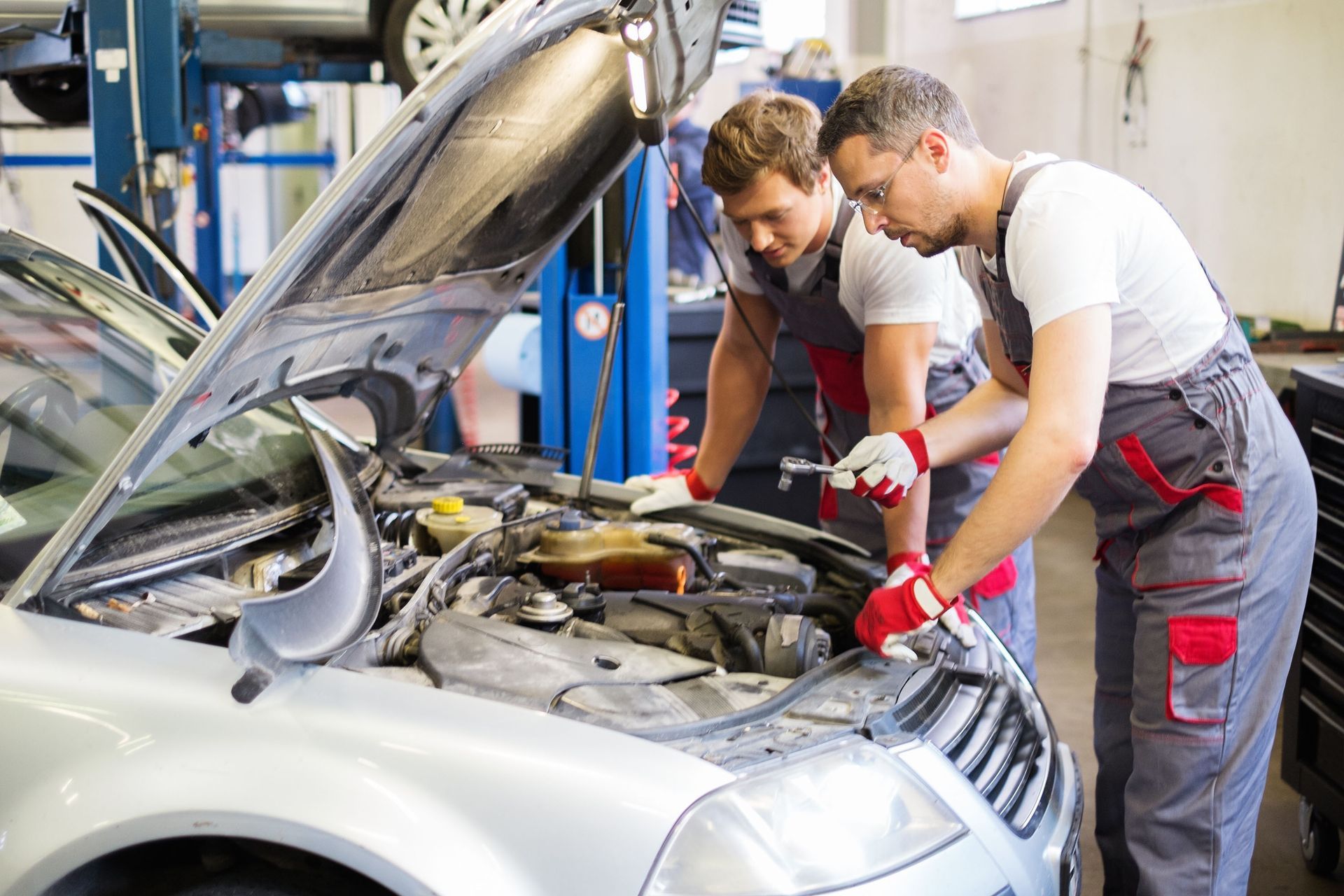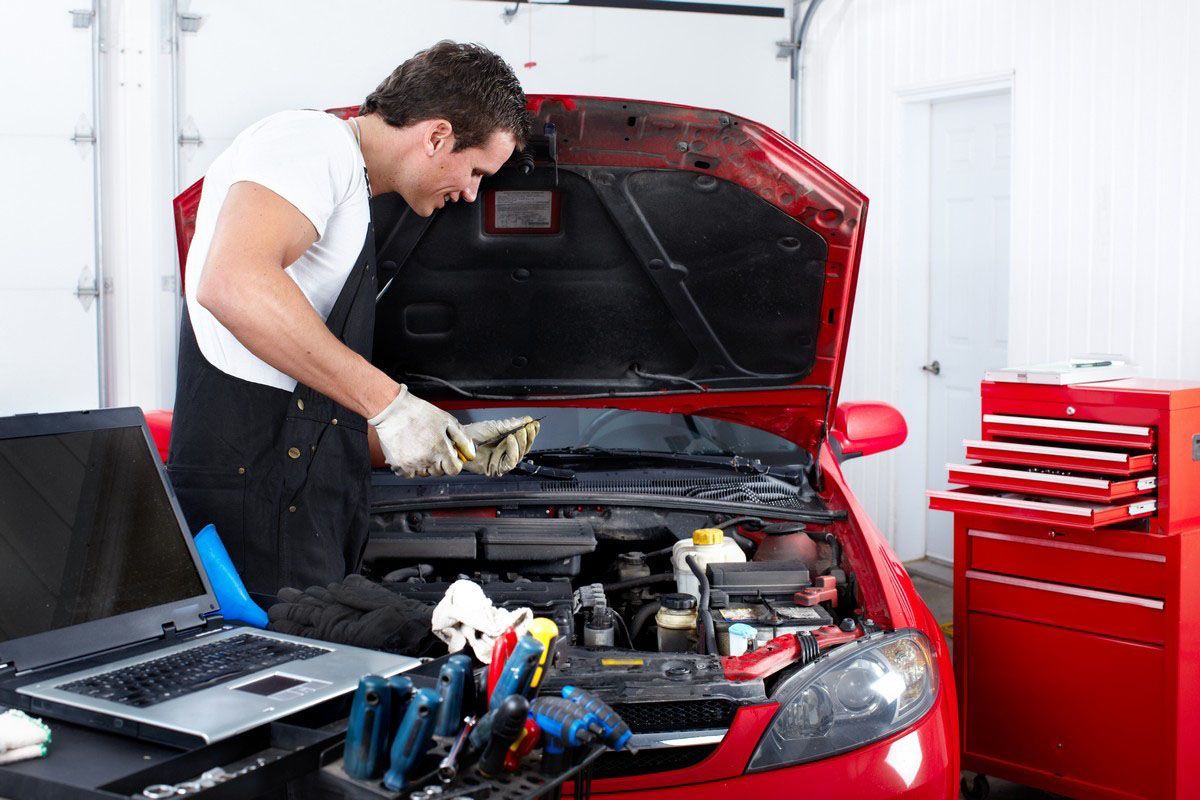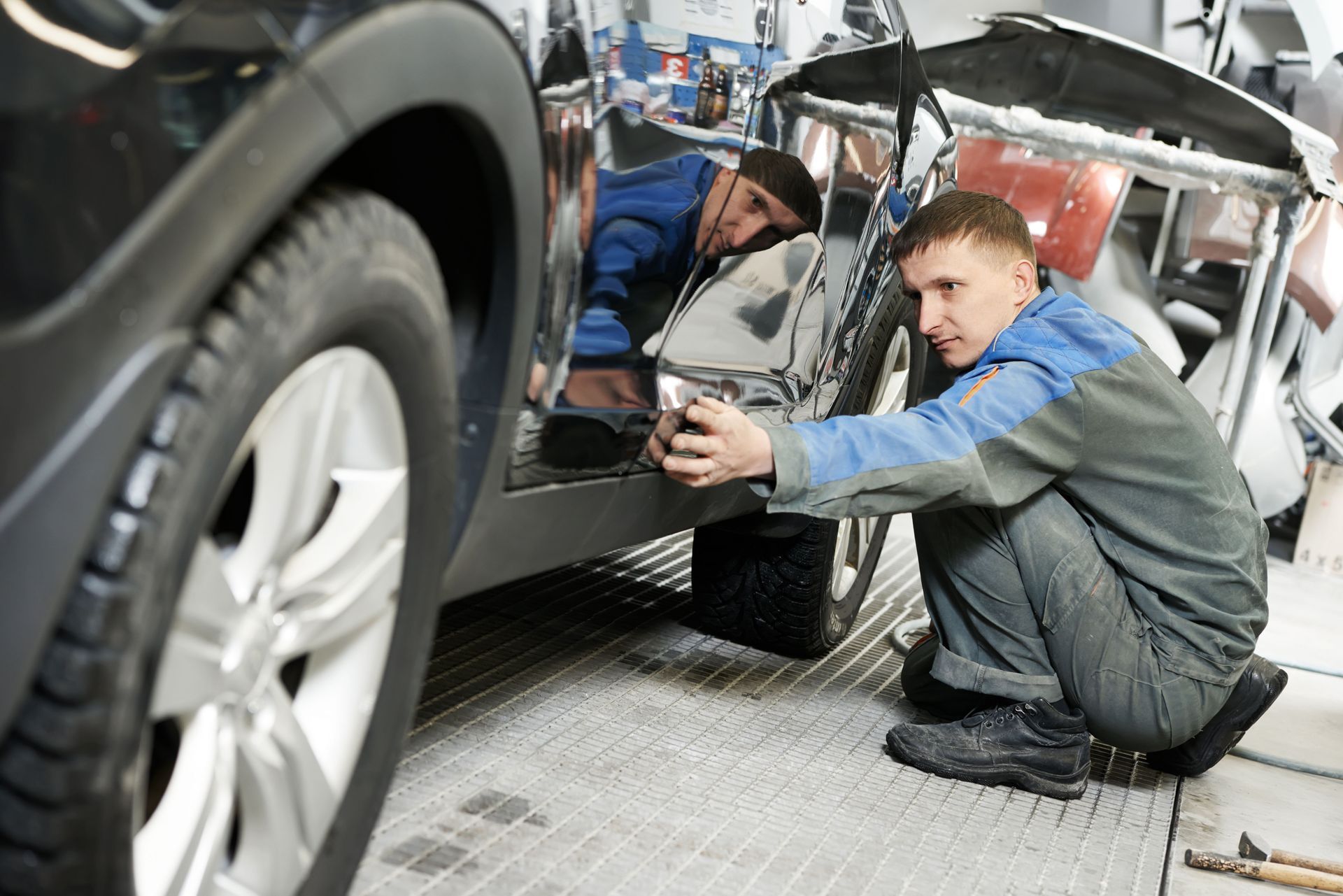Essential Guide to the Most Common Auto Body Repairs
Auto body repairs are essential for maintaining the safety and longevity of passenger vehicles. Vehicle owners commonly face issues like dents, scratches, and damage from minor collisions or weather-related incidents. According to Consumer Affairs, the average vehicle in the U.S. travels 14,489 miles annually. With the frequent use of automobiles comes inevitable repairs. Ensuring timely maintenance not only keeps a car aesthetically pleasing but also safeguards its functionality and value. Addressing auto body issues promptly can prevent more extensive and expensive repairs down the line. By understanding common repair needs, vehicle owners can better prepare for and address these challenges when they arise.
1. Dent Repair
Dents on vehicles can result from a variety of causes, ranging from minor collisions to environmental factors. Parking lot mishaps, where doors or shopping carts collide with a vehicle, are a frequent source of dents. Additionally, hailstorms pose a significant threat, with ice pellets causing numerous small dings on a car's surface. Road debris, such as small stones or gravel, can also unexpectedly strike the body of a vehicle, leaving unsightly marks. Understanding the common causes helps vehicle owners be more cautious and protect their cars in various environments.
Several types of dents can appear on a vehicle, each requiring a different approach to repair. Shallow dents, often caused by minor impacts, can usually be addressed with paintless dent repair. Creased dents, however, involve a sharper indentation line and are more difficult to fix without affecting the car's paint. Hail damage typically results in multiple small, round dents over a vehicle's surface, necessitating a comprehensive review by a professional. Finally, sharp dents, with clearly defined edges or points, often require more extensive bodywork to restore the vehicle's original shape.
Various techniques exist for repairing dents, each chosen based on the dent's location, size, and type. Paintless dent repair (PDR) is a popular technique where technicians meticulously massage the metal back into place without harming the paint. Traditional dent repair may involve sanding, filling, and repainting the damaged area, especially if the dented part's paint has cracked. Additionally, suction devices and special hot glue guns may help pull minor dents back into place effectively. Choosing the right repair method depends on the extent of the damage and the desired outcome.
2. Scratch and Paint Repairs
Scratches on a vehicle can be caused by a myriad of everyday occurrences. Parking mishaps often lead to minor scrapes from adjacent vehicles or obstacles. Tree branches and bushes that brush against a car's paint while parking or driving can leave fine scratches. Automated car washes, especially those using older or rough brushes, might leave circular hairline scratches over the bodywork. Deliberate actions, such as vandalism or keying, can cause more severe and noticeable damage that requires immediate attention.
Paint damage on vehicles varies in severity, impacting the chosen repair approach. Surface scratches, which only affect the clear coat, can often be buffed out with polishing compounds. Moderate scratches that penetrate the clear coat to the paint layer might require touch-up paint applications to restore the finish. Deep scratches that reach the primer or metal layer often need more extensive repair, including sanding and repainting. Understanding these levels helps vehicle owners judge the urgency and type of corrective actions needed.
There are multiple approaches to repairing car paint, dictated by the severity and location of the damage. For minor surface scratches, using rubbing compounds followed by polish can restore a vehicle's shine. Touch-up paint kits are effective for smaller, isolated scratches or chips, allowing DIY enthusiasts to cover minor blemishes. For larger areas with more serious paint loss, professional refinishing, which includes sanding, priming, painting, and sealing, may be necessary. These methods ensure that paintwork remains pristine, protecting the underlying metal from rust and corrosion.
3. Bumper Repairs
Bumpers play a crucial role in a vehicle's safety features, acting as the first line of defense in collisions. They are designed to absorb shock, protecting critical components like headlights, exhaust systems, and even passengers from the impact. Bumpers can help reduce the repair cost of more expensive body parts by minimizing overall damage in minor accidents. The aesthetic appearance of bumpers also contributes to a vehicle's visual appeal, since they often match the car's paint and design. Maintaining bumper integrity is crucial for safety and legal compliance with vehicle safety standards.
Bumpers can sustain various types of damage, from minor scuffs to severe cracks, affecting their performance and appearance. Scuff marks and scratches are superficial and often arise from low-impact scrapes or contacts with obstacles. Cracks or holes usually result from higher-impact collisions and compromise the bumper's ability to absorb future impacts. Dents, often caused by fender benders, are visible deformations that could require reshaping or replacement depending on severity. Identifying these damage types helps determine the most effective repair strategy.
When assessing bumper damage, vehicle owners often contemplate whether to repair or replace the damaged component. Minor scuffs and scratches can usually be sanded and painted over, restoring the bumper's appearance. For more significant damage, such as large cracks or deformations, replacing the bumper may be the safer and more thorough solution.
4. Windshield Repairs and Replacements
Windshield damage commonly results from several unavoidable factors. Flying debris, such as small rocks or gravel, can chip or crack the glass when driving at high speeds. Unexpected extreme weather conditions, like hail, can also inflict considerable damage over time. Stress cracks can develop from temperature fluctuations, especially when hot glass is exposed to cold water. Understanding these causes helps vehicle owners better anticipate and prevent windshield issues through regular inspections and proactive actions.
Deciding whether to repair or replace a windshield hinges on the severity and location of the damage. Chips smaller than a quarter or cracks shorter than three inches can often be repaired, maintaining the windshield's integrity. Damage occurring directly in the driver's line of sight, however, might necessitate replacement for safety and clarity. Comprehensive insurance often covers these repairs, alleviating some cost concerns for vehicle owners. Making an informed decision ensures continued safety and adherence to vehicle safety standards.
5. Frame Straightening
Vehicle frame damage represents a critical concern after collisions, affecting vehicle stability and safety. The frame, or chassis, is essentially the vehicle's backbone, supporting structural integrity and component alignment. Severe or unnoticed frame damage can lead to uneven tire wear, suspension misalignment, and compromised safety during future accidents. Causes of such damage include heavy impacts during collisions, poor road conditions, or improper towing. Recognizing frame damage allows prompt repairs, restoring safe vehicular function.
Spotting indicators of frame misalignment is vital for early intervention. Symptoms include visible body warping, unusual tire wear patterns, and noticeable vibrations when driving. If doors or hatches fail to close or latch properly, it typically points to frame issues needing immediate attention. Additionally, a vehicle veering to one side despite correct alignment often suggests underlying structural problems. Identifying these indicators allows timely frame adjustments, maintaining vehicle safety, and preventing further towing-related defects.
Addressing
auto body repairs promptly is crucial for maintaining a vehicle's safety, appearance, and value. Through timely interventions, minor issues like dents and scratches can be resolved without impacting long-term performance or resale value. Working with reliable auto body repair services ensures expert solutions to these common challenges, providing peace of mind to vehicle owners. By recognizing the significance of upkeep, owners reinforce the longevity and viability of their vehicles. Investing in vehicle repair and protection ultimately ensures both reliability and visual appeal over the vehicle's lifecycle. For more information, contact us today at National Body Works.






Share On: